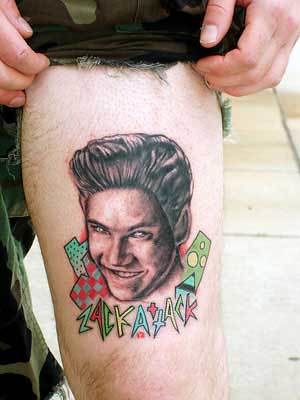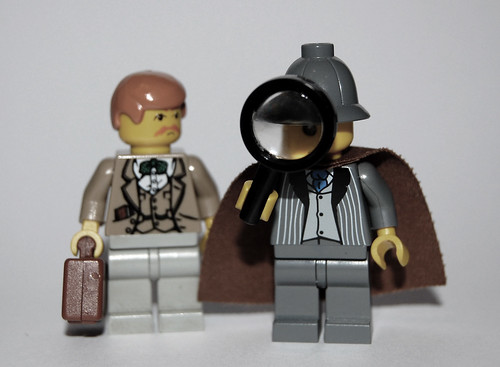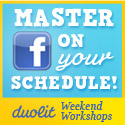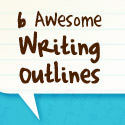This morning, you woke up thinking this was just another Monday.
You. Were. Wrong.
Today is not only Monday, March 1, 2010, official birthday of one of TV’s all-time greatest sitcom characters, Zack Morris (a.k.a. Mark Paul-Gosselaar), it is the first official day of Duolit’s very special Character Cavalcade Week!
We are so crazy about characters here at Duolit that we have decided to dedicate an entire week’s worth of blog posts to the importance of sculpting great fictional characters. To this end, we have also created a very special surprise that we plan to unveil this Wednesday (cue echo-like voiceover: Wednesday! Wednesday! Wednesday!) right here at selfpublishingteam.com.
But before we get to the big mid-week surprise, we’re getting the crowd pumped with a few solid opening acts here on the blog stage, including today’s super-helpful Character Glossary (or maybe in honor of today it should be called a Gosselaar-y).
Here are just a few quick (and witty) definitions for you to use when figuring out the character roles in your next project. Enjoy!
Character Glossary
- Antagonist: The person/people/organization who exist for the purpose of ruining the protagonist’s life is the antagonist. Our guess is that the antagonist is usually just misunderstood and underappreciated, or just wildly jealous of the protagonist who gets a whole book written about him/her.
- Confidante: This person might be the sidekick or just a close member of the protagonist’s entourage that he/she can confide in. Typically this person helps us get an inside look at the protagonist’s deepest hopes and fears. Classic example: Bruce Wayne and his trusted butler Alfred. (If you don’t have a trusted butler, a trusted pet will suffice.)
- Flat/Static: Generally considered to be two-dimensional, these characters only share a few of their traits in the story and don’t show major changes in personality, viewpoint, etc. throughout the book. Imagine your grandpa who sits in his recliner every day watching Matlock re-runs and chugging Ensure, he’s a static character.
- Foil: You know that one friend you keep around because they make you look good (physically and/or mentally)? That’s the foil. His/her purpose is quite simply to highlight the hero’s assets by providing a sharp contrast.
- Hero: Sometimes the protagonist is also cast as a hero. Notice the absence of the word “super” here, indicating that capes and magical powers aren’t necessarily involved. The modern day hero is more like an ordinary person who overcomes extraordinary circumstances. This is the kind of person whose kryptonite would be cigarettes, fast food and reality TV.
- Protagonist: This is the selfish clown around whom the entire plot of the novel revolves, but you’re supposed to feel sorry for him/her. At some point during the story, this person will change in a noticeable way (hopefully for the better). This person can be, but is not always, the narrator.
- Round/Dynamic: These are the people within your story who change. They are considered to be three-dimensional characters because enough of their traits are shared to make them seem alive and give them movement through the plot. In the story of your own life, you are a round/dynamic character whose opinions and viewpoints have changed as the plot of your life has unfolded.
- Stock/Stereotype: If I were to describe a character as a “geek” I would be referring to a stock or stereotype character, someone who is easily recognizable to most people. Dumb jock, ditzy cheerleader, Dungeons and Dragons All-Star, you get the picture. By themselves, these are flat or static characters, but give their bios a little twist and you could have a great hero or villain.
- Villain: Just like a protagonist can be seen as a hero, the antagonist can be seen as a villain. Again, super powers aren’t necessarily involved, in modern stories villains are simply the people who do not want to see the hero succeed.


 We're
We're 








